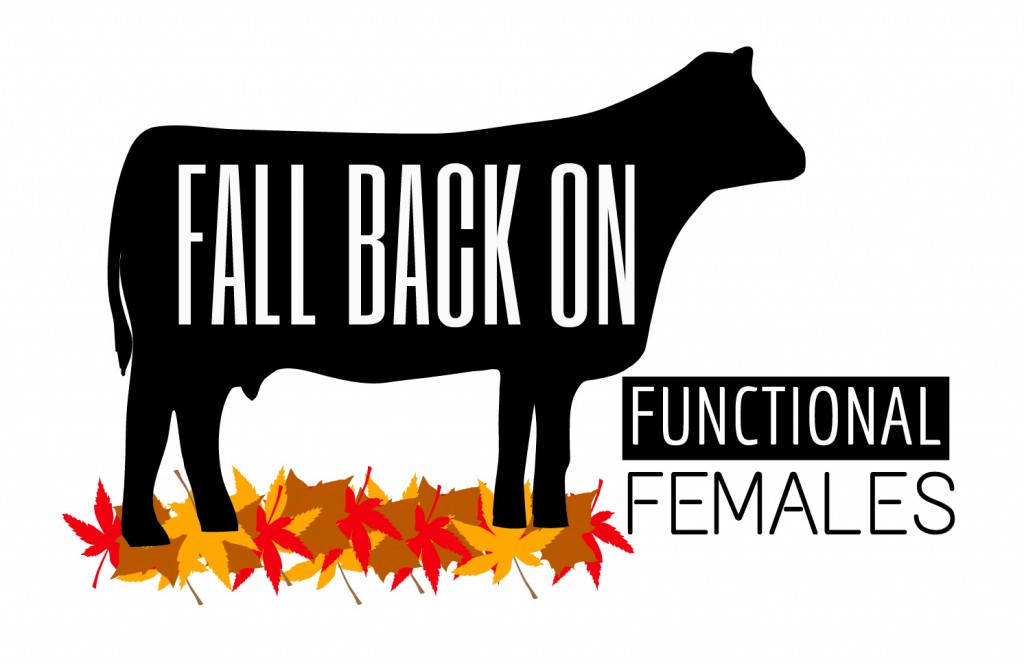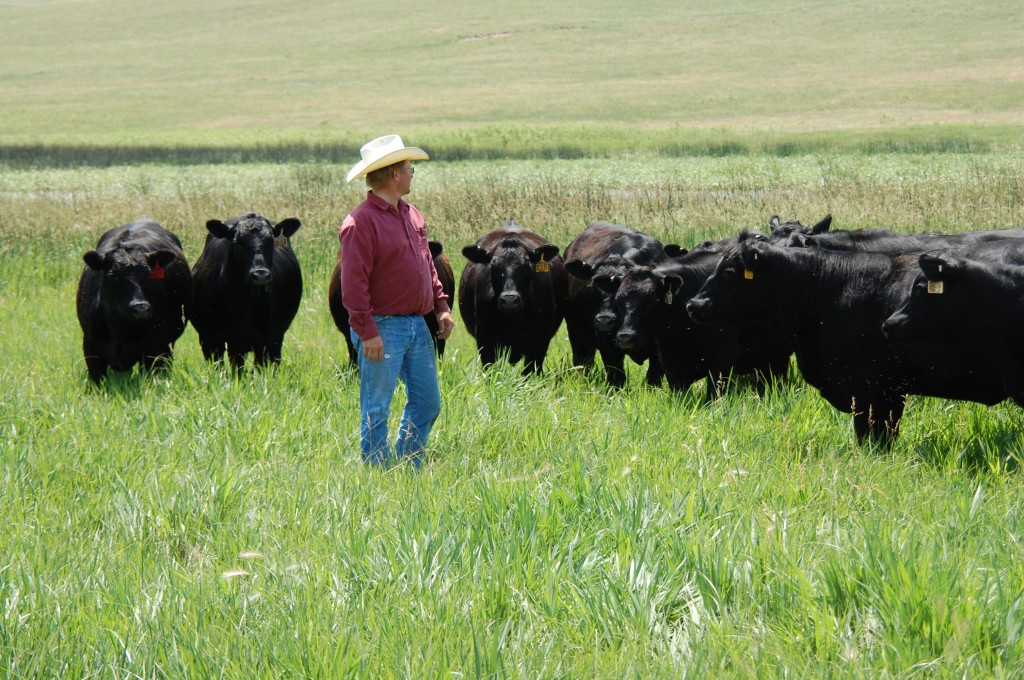Cows come first at Nebraska ranch
 In 2009, Steve visited an operation that puts ladies first year-round.
In 2009, Steve visited an operation that puts ladies first year-round.
“Pay attention to the cows and the rest will fall into place.”
That’s the mantra Harold Johnson lives by on his ranch near Hyannis, Neb.
Johnson runs nearly 300 commercial Angus cows with his wife Teresa and their two children.
“My approach is working with the females first,” he says. Keeping only his own replacements, Johnson explains, “I can’t buy them as good as I can raise. There are too many unknowns.”
That’s especially true considering all he does know on his own herd, from a list of culling criteria to progeny carcass data.
“When I pick my replacements they need to be out of cows that have produced 100% Choice,” he says. Sure, there are exceptions for “a cow that missed one year but it really wasn’t her fault.”
Experience has led to selection of only early-calving females. “I like to pick heifers from cows that have calved within a 30-day window every year,” Johnson says. “If you pick a replacement off the later end of the calves, pretty soon she’s not going to be in the herd.”
The goal is to have them fit seamlessly into the herd’s 60-day calving season. Replacements also must be sired by a moderate-framed bull.
“The first things I’ll look at are grade and carcass weight. I don’t like to get them too big,” Johnson says.
 But mostly the dams’ stats dictate who stays and who goes on to the feedyard.
But mostly the dams’ stats dictate who stays and who goes on to the feedyard.
“I’ll run all of them on the computer and then take a print-out to the pasture. That’s my first criteria —the data before the eye appeal,” he says. “I would hope the genetics that produced that good data would pass down to the heifer. I’ve had some awesome looking calves that have been some of my best steers on eye appeal, but when the data comes back from the feedlot, they don’t do as well.”
He’s got high standards, no doubt, but for him it’s the best way to protect the bottom line.
“You’ve got to have a female that can produce because you’re in the business of producing calves. In the end, most of them are going to be eaten so they also have to produce a good carcass,” he says.
To learn more about other cattlemen and women who have found you can have both marbling and maternal function, check out these recaps of the Anderjaska and Marrs families.
You may also like
Everything They Have
Progress is a necessity on the Guide Rock, Nebraska, ranch where Troy Anderson manages a commercial Angus herd, small grower yard, his 10-year-old son, and a testing environment. Troy’s approach includes respect for his livestock, people and land. For that, Anderson Cattle was honored with the CAB 2023 Commercial Commitment to Excellence Award.
Excellence by Everyday Improvement
The cattle business awards no trophies for participation. Nor does any rancher plan and work each day in hopes of wider recognition for doing things right. Yet caring for their land and livestock with a daily devotion to “excellence in practice” quietly switched a spotlight on JPM Farms. Jean-Paul and Marlene Monvoisin with their adult children, Colton Monvoisin and Josee Monvoisin-Garner, operate the quality-focused seedstock Angus ranch in the rolling hills near Parkbeg, Saskatchewan.
When ‘Someday’ Becomes Today
Just a few years ago, Ranch Covey Hill showed no signs of an Angus destiny. It was a country estate in disrepair as owners stopped coming out from Montreal in the summers. The Chenails had been looking for land, a place where they could build a herd. They saw potential. That continual pursuit of the best and finding the right people to help caught the attention of the world’s premium beef brand.



